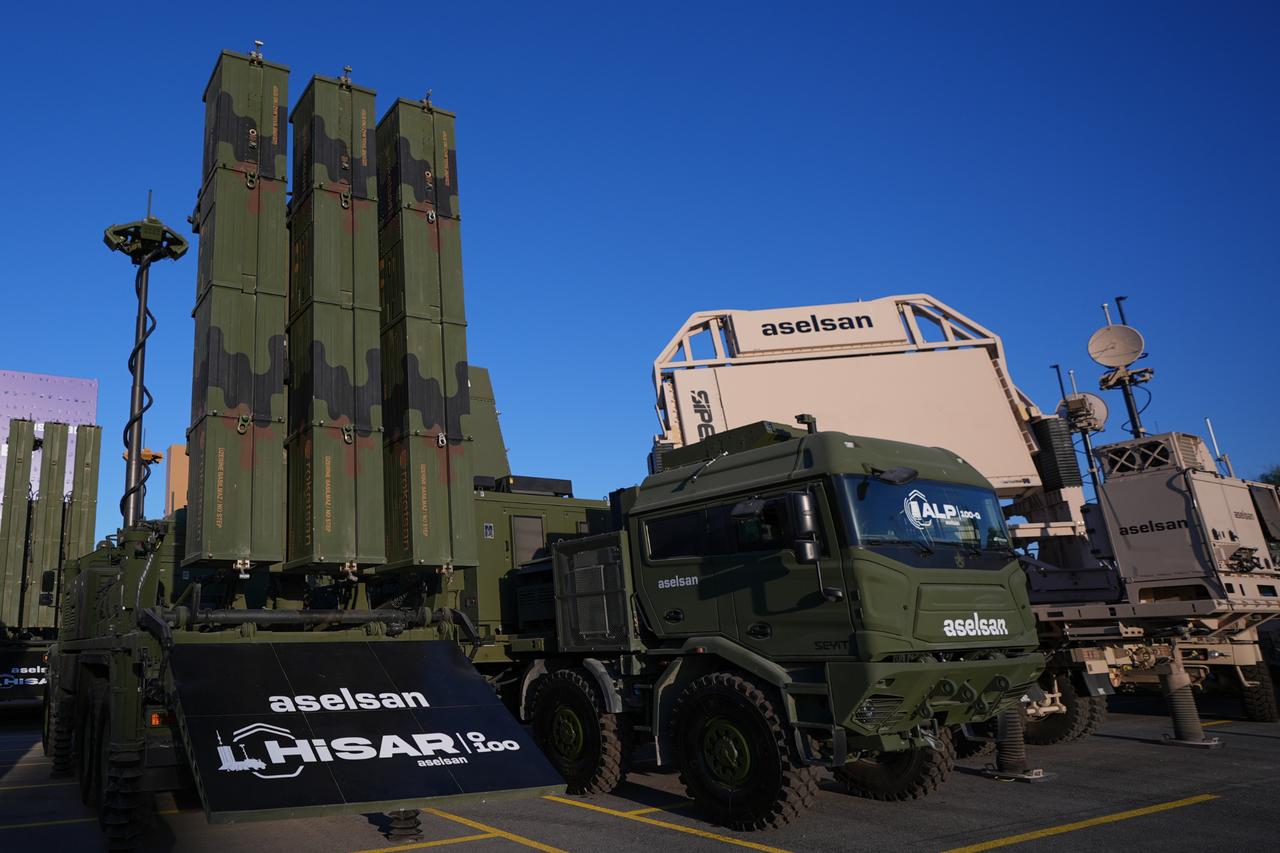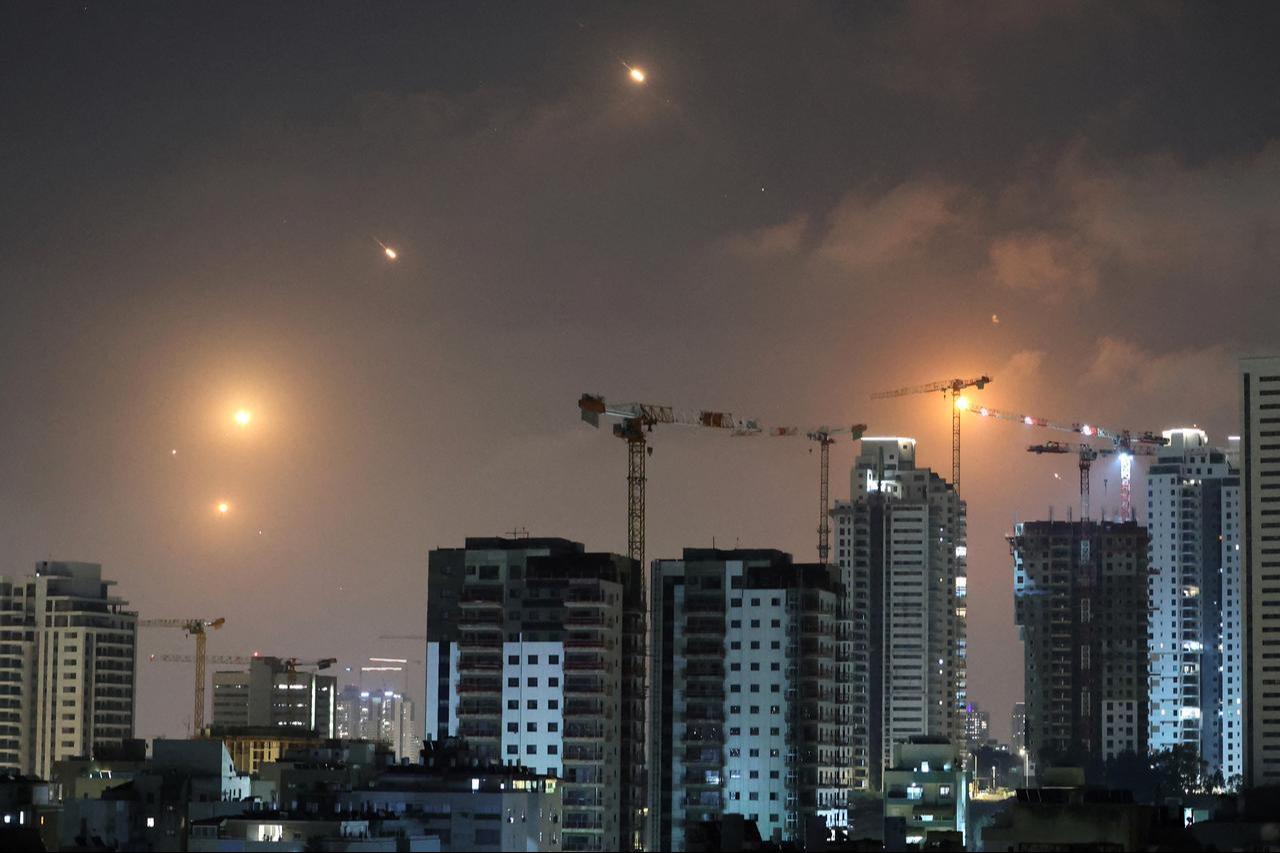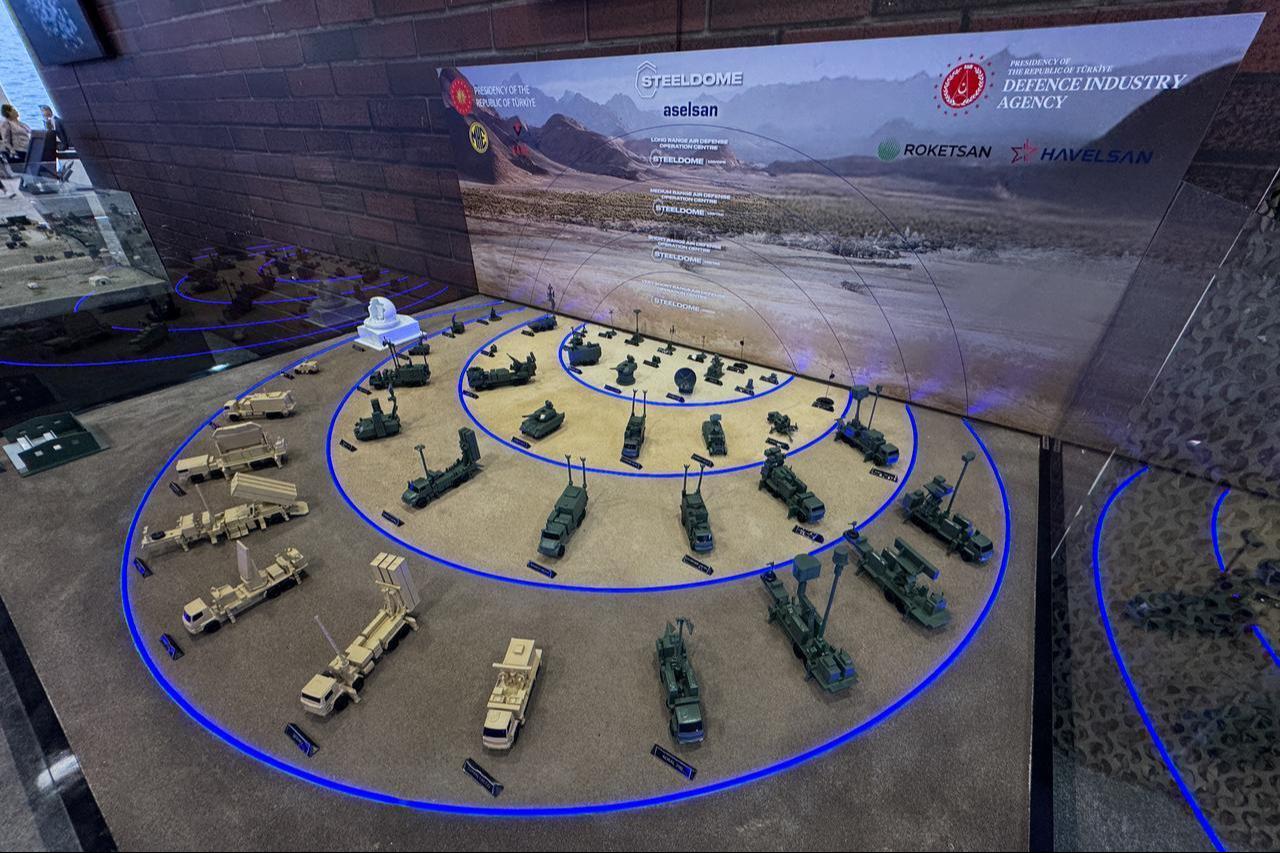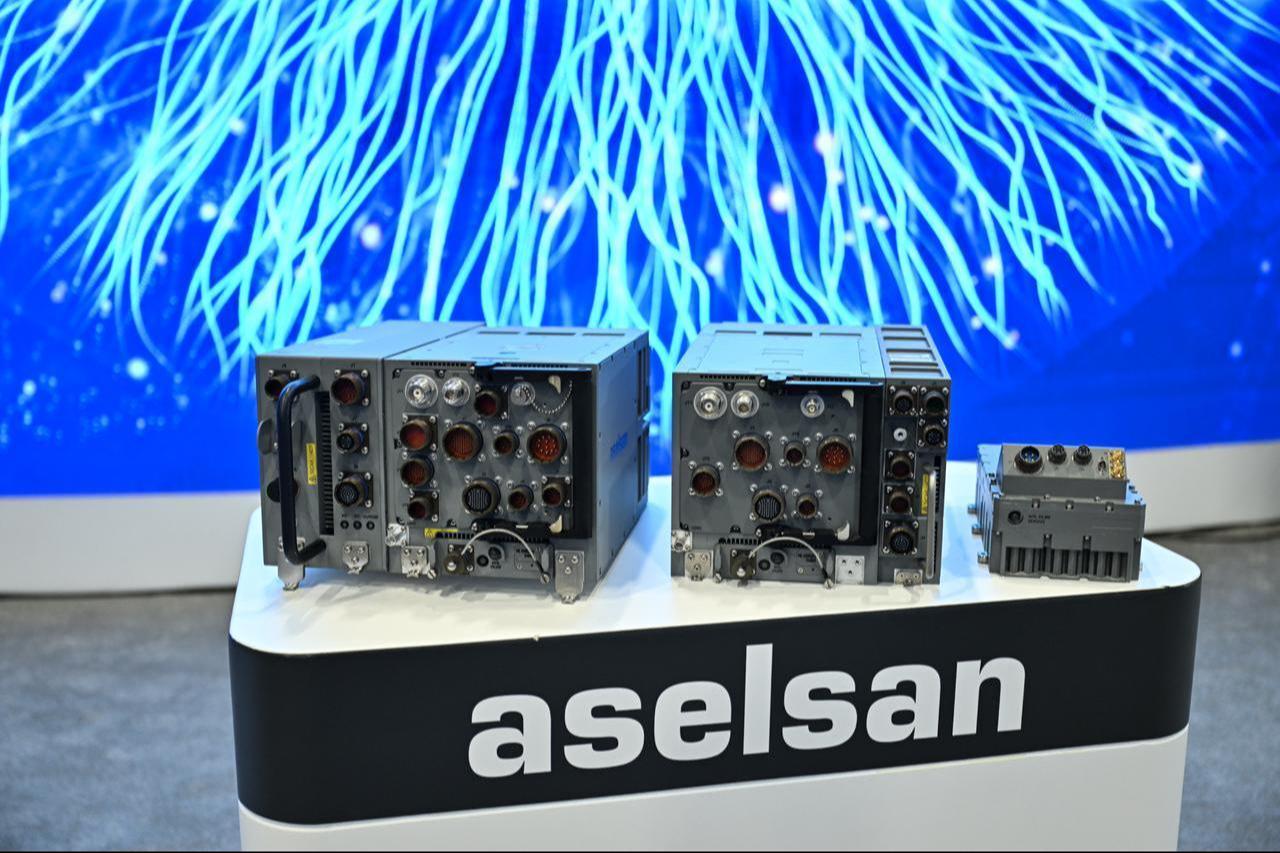
After a high-level defense industry meeting on Aug. 6, 2024, Türkiye officially announced an indigenous multi-layered air and missile defense network called "Celik Kubbe" (Steel Dome).
The project will integrate all of the nation's sensors, weapons, and command systems under a unified network structure to counter a broad spectrum of aerial threats across Türkiye's vast territory.
The official statement back on Aug. 6 was: "With our layered air defense systems, all of our sensors and weapons will operate in an integrated manner under a network structure. This will enable the creation of a common air picture, its real-time transmission to operations centers, and AI-supported decision-making for commanders. This is being developed indigenously under the Celik Kubbe Project."
In practice, Türkiye has simply named a system it has already been developing. The country has long pursued air defense projects, but its vast and rugged geography exposes it to a broad spectrum of threats.
The Ukraine-Russia and Israel-Iran wars underscore the need for constant modernization, as Ankara sits in a region that serves as a live testing ground for emerging warfare technologies.
The widespread use of first-person view (FPV) drones in Ukraine, capable of threatening both infantry and large-scale air defense batteries, must have been closely studied by Türkiye. Likewise, MIRVs, hypersonic missiles, and tactical ballistic weapons employed in the Israel-Iran conflict illustrate the variety of threats Türkiye may face.
Türkiye has already tested counter-drone capabilities in Iraq and other regions. But beyond military bases, the country must also protect critical energy infrastructure—pipelines, ports, and facilities—as it positions itself as a regional energy hub. For this reason, detection and interception capabilities are not optional but essential.

Steel Dome is designed as an integrated network, not a single battery. It links sensors and launchers so that the "best suitable launch system" can engage a target regardless of which unit detects it—an approach explicitly contrasted with standalone batteries observed in recent conflicts.
The program's stated intent is to cover very-low to high altitudes with layered effectors and shared targeting data across services
The network is expected to incorporate Türkiye's indigenous interceptor families (e.g., HISAR tiers at short to medium range and SIPER at long range), supported by domestic radars, electro-optics, and command systems.
The Steel Dome might even be linked up with unmanned aerial vehicles (UAVs) and unmanned surface vehicles (USVs) that are fitted with suitable mission suits.

Network-centric defense depends on resilient datalinks.
The Steel Dome system will demonstrate Türkiye's ability to conduct network-centric operations. Unlike the standalone systems destroyed in Ukraine, it will employ a layered, datalink-connected architecture. Initially, it will deter air-breathing threats, but as ballistic interception capabilities mature, longer-range interceptors are expected.
Aselsan's T-Link tactical data link, introduced at IDEF 2025, will be a central component of this architecture. Türkiye is also likely to invest further in radar and space projects, with reports of a Somali-based spaceport under discussion.
Military data links are vital, enabling real-time communication between weapons, reconnaissance, and command systems. They improve situational awareness and responsiveness across units—a necessity for Türkiye's vast geography.

Layered, nationwide air defense is expensive.
Full nationwide coverage may be financially prohibitive, as air defense systems are costly (the U.S. Iron Dome is estimated at $175 billion). Türkiye will likely first expand detection capabilities with airborne radars, drones, AWACS, and AESA radar systems while enhancing system coordination through data links.
Budgetary needs are significant. On June 26, the Turkish Ministry of Defense sources noted: "We plan to spread the layered air defense system nationwide by investing in our Steel Dome system as a priority."
With Greece expected to receive F-35s and other various cruise missiles, Ankara must secure its airspace, industrial hubs and infrastructure, not only because of Athens' potential actions but also due to changing regional threats—especially in the Aegean, Mediterranean, and Marmara regions—with a layered defense that includes missiles, lasers, and multi-barrel systems.
Well, at the end of the day, it's sure that Türkiye is determined to build its own layered air defense network—a justified move given the region's shifting threats. Aselsan's $1.5 billion Ogulbey Technology Base will serve as the backbone of production and stands as one of the most significant recent investments in Türkiye's defense industry.